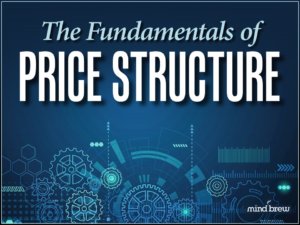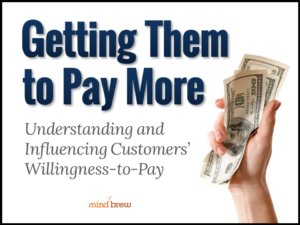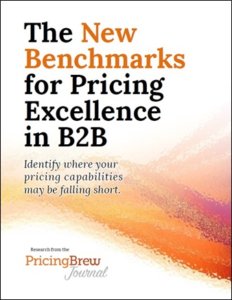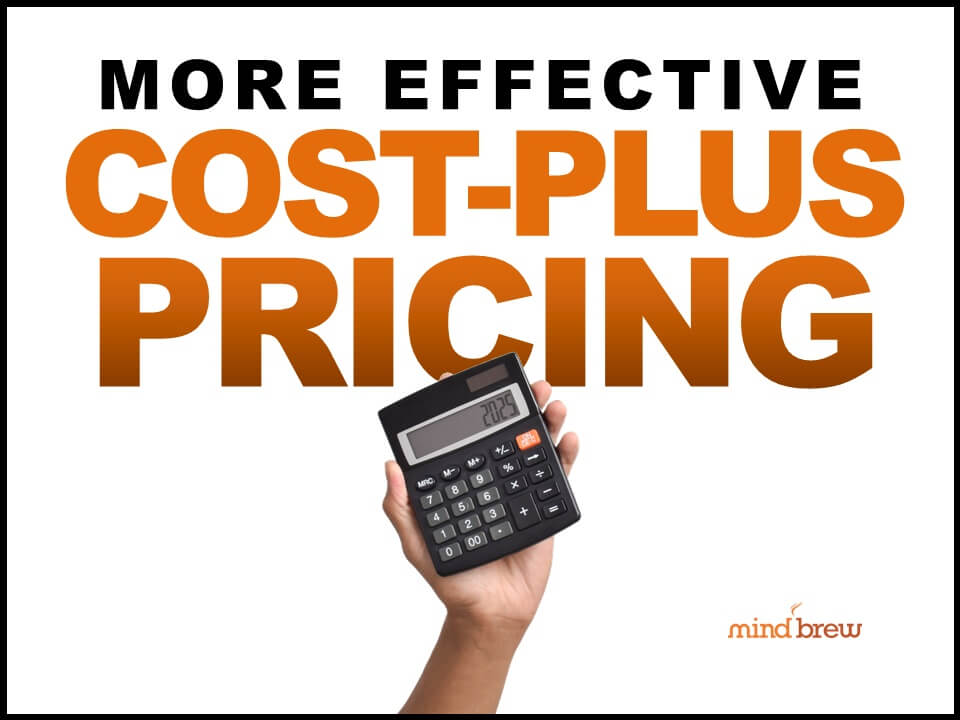Have you ever wondered why the military outfits its soldiers with more than one kind of weapon. I mean if you have a machine gun, why would you need a handgun or a knife? And really, if you have a nuclear bomb, why would you ever need a gun at all?
The obvious answer is that different weapons are better for different situations. If you want to take down a single target from 2,000 feet away, you need a different weapon than if you want to stop a rushing horde of infantry rushing across a field. And if you need to take down a single prison guard quietly, you need a much different weapon than if you need to cause mass destruction in an entire city.
In this blog post, we’re going to fill out your armory. We’re going to highlight ten of the different “weapons” that pricing professionals have at their disposal. By using the right weapon in the right situation, you’ll become more effective overall.
Without further ado, here are the ten, along with a familiar example for each:
- Volume Schedules If you want to encourage customers to buy in larger quantities, you can offer different prices based on how many items customers purchase. For example, when you go to the grocery store, you can buy one, four, or eight rolls of paper towels, and the more rolls you buy, the lower the price per roll.
- Bundling & Add-ons If you want to encourage customers to buy more of your product lines, you can bundle multiple products together into a single offering (often with a discounted price) or offer additional products at a discounted price. For example, if you bundle your home and auto insurance together, you may get a lower price than if you purchased them separately.
- Multi-Part Pricing Some organizations break their fee structure into separate sections, usually with some fixed fees and some variable fees. For example, if you hire a food truck to come to your corporate event, you might pay a flat fee of $200 per hour, plus the cost of the food that your employees consume.
- Peak/Seasonal Pricing Some companies offer different prices depending on the demand during different times of the year. For example, airlines often offer lower rates during off-peak times but raise their rates around popular holidays.
- Subscriptions/Installments Instead of charging a one-time flat fee, some companies charge their customers a recurring (often monthly) fee. For example, many software vendors have switched from one-time license purchases to a software-as-a-service model that requires a smaller payment every month.
- Surcharges/Upcharges If a customer needs a particular service or product that is somewhat unusual, you might be able to add a small fee on to the normal price. For example, a hotel might allow you to check out later than usual for a small surcharge.
- Good-Better-Best Pricing Sometimes it’s possible to structure your product or service offerings so that different levels of quality or features are available for different prices. For example, Netflix offers three different levels of pricing based on how many screens you want to be able to stream to at once and what level of picture quality you want (standard, HD, or 4K).
- Captive Market Pricing Some products are not really useful unless you also buy additional products, creating a captive market. For example, if you buy a video game system, you will also need to buy games, or if you buy a printer, you will also need to buy ink.
- Service-Level Differentiation Similar to Good-Better-Best Pricing, Service-Level Differentiation offers different pricing depending on the quality of service you receive. For example, many technology vendors offer different service level agreements (SLAs) that promise a response to any requests for help within 24 hours, 12 hours, or 1 hour.
- Shipping & Handling Most companies that ship their products directly to customers have the option of adding a fee for shipping and handling, and potentially several different fees depending on how soon the customer wants the product. If you have ever ordered anything online, you understand exactly how this works.
To learn more about the pros and cons of each of these price structures and when they might be useful, watch The Fundamentals of Price Structure. With all these weapons at your disposal, you’ll be well equipped for just about any pricing situation.














